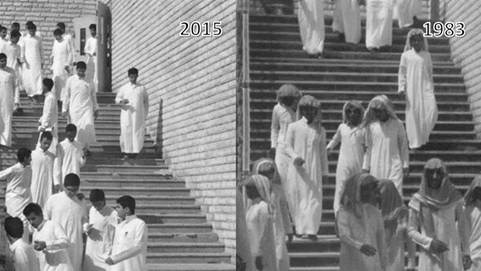| Student: | A.M.A. Banger |
|---|---|
| Timeline: | October 2019 - 7 October 2023 |
The motorized transportation system has become the dominant transport mode, especially in some cities in the Global South, where light-duty vehicles' share exceeds 90%. Automobile-dependent developments are related to adverse effects on the environment, society, and the economy (figure 1). Thus, the provision of pedestrian-oriented developments (POD) has become a central challenge for policymakers and governments in the 21st century.
This research attempts to advance walkability research by identifying the interrelationship between the built environment and walking travel behaviors in the context of GCC cities. Such a comprehensive approach based on the research paradigms of urban planning and psychology is essential to understanding the complexity of the relationships among objective walkability factors related to the built environment and subjective factors related to walking travel behavior.
The study approach will consist of coherent methods derived from several disciplines, including urban planning, computer science, and psychology. Thus, a combination of data from different sources, such as travel behavior surveys, intercept surveys, ranking surveys, and GIS network analysis, are applied in this research. The last step of this study will consist of a series of walkability spatial planning support system (W-SPSS) workshops to allow stakeholders to set potential interventions to improve walkability in a selected case study.
F[P(1] our primary outcomes are expected: (1)[P(2] Interrelationships between pedestrians' travel behaviors, preferences, and willingness; (2) A spatial contextualized network-based walkability index (CSN) integrating factors related to several spatial elements (areas, streets, locations); (3) A GIS-based simulation model to measure the walking environment's conditions objectively and subjectively; and (4) A [P(3] spatial planning support system (PSS) tool for stakeholder engagement to set up several hypothetical scenarios to improve Jeddah's walkability level.

Figure 1: The impact of a sedentary lifestyle on Saudi students between 1983 and 2015 (LovinSaudi, 2019).






